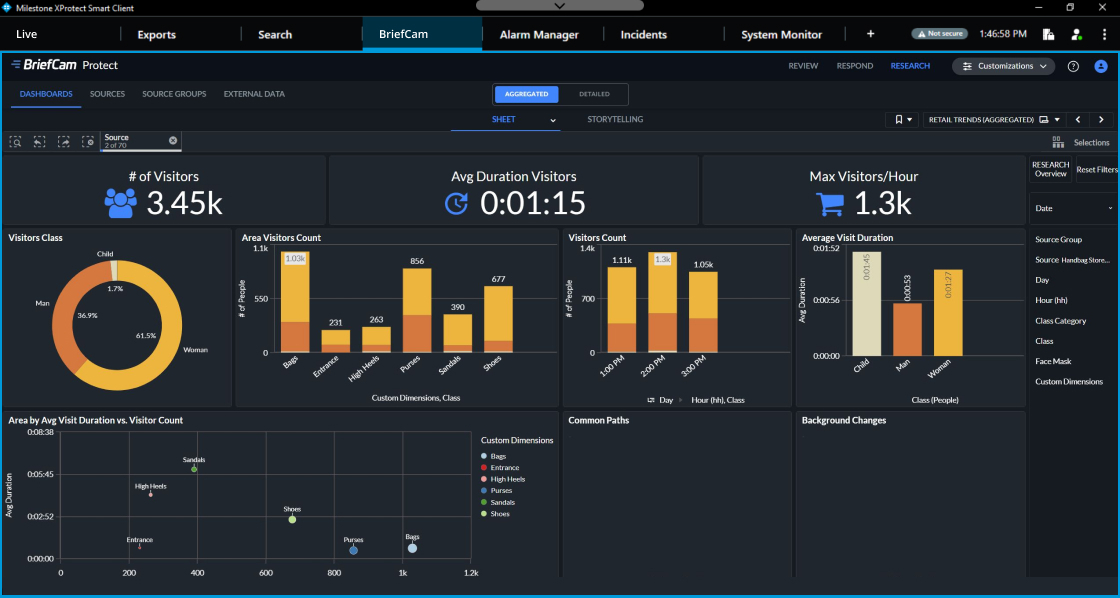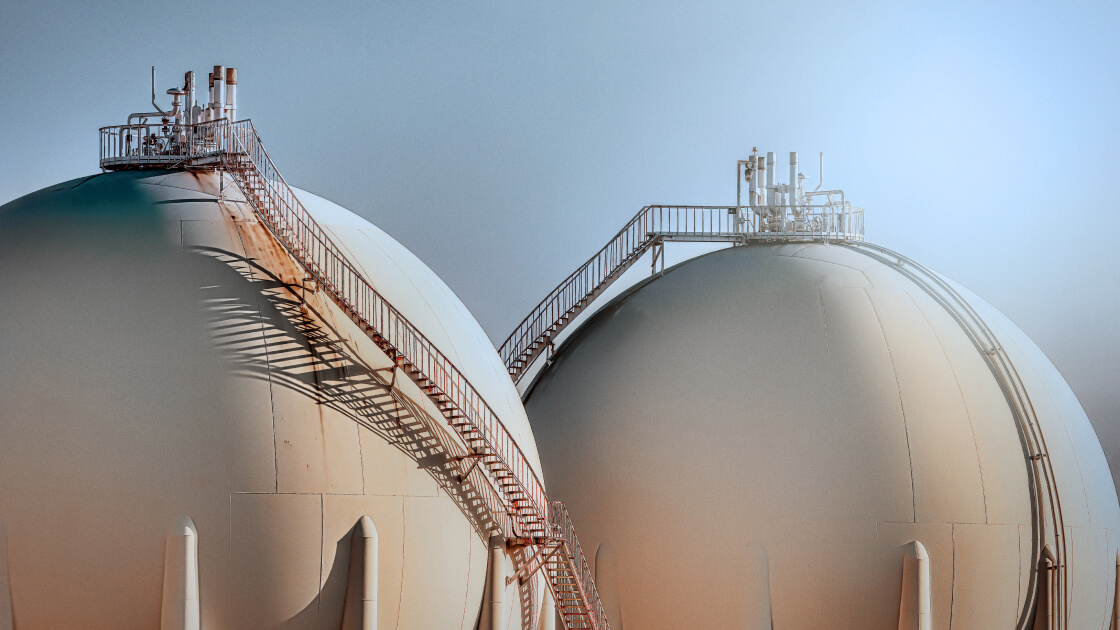Video surveillance technology and software such as Milestone XProtect® Video Management Software (VMS) bring a dynamic toolset to the clinical setting, whether a large or small hospital, medical clinic, outpatient center, nursing home, or medical lockdown facility. Of course, these facility types work differently. However, the video technologies available today can help these facilities to operate more securely, lower their vulnerability to loss, and improve their care of patients.
Visitor management is a low-tech affair at most hospitals and clinics. While in comparison, most hospitals require high-tech credentials for employee and contractor access. Most hospital visitors will check in at a security desk, where personnel confirm identity and approve visits to patients or employees. They often provide approved guests with stickers or badges identifying them as visitors. Records may document the visit in keeping with the hospital’s visitor policy.
In times of heightened risk, security measures may be tighter to reduce the risk of exposure to the visitor and liability to the hospital. For example, at the height of the COVID-19 pandemic, most medical facilities went into near lockdown conditions, restricting visitor access. As a result, medical facilities now hold to a wide variety of access restriction guidelines, with each facility acting autonomously in response to the current pandemic status in their area.
Adding video technology to enhance a visitor management scenario could be a simple solution, or scale to a more complex system, depending on the needs of the management. For example, a simple design includes an existing camera monitoring a clinic’s lobby. The camera could maintain a view of the visitor registration desk. This practice captures video of people registering as they enter the facility. As a result, best practices are in place, even without advanced visitor management technology.
In a more advanced scenario, hospital personnel or vendors can integrate video surveillance and visitor management systems at the software level. Milestone makes API or SDK development ensure the system components can communicate information. In doing so, visitor information becomes metadata available on both systems. For example, in a VMS, such as XProtect® open platform, the metadata is associated with video images of the person as they register.
With video recordings, administrators now have reportable information that becomes part of the evidentiary data that documents the visit. Reportable data is a game-changer for a wide variety of reasons. One of the benefits of integration is that data is searchable. In addition, information is now available, such as the visitor’s name or clothing details at the time of his visit. Furthermore, it is easier to find specific video data without viewing hours of video footage looking for a particular person.
Mark Johnson is the Healthcare Business Development Manager for Milestone Systems. He says, “Milestone is compatible with numerous visitor access platforms to assure you are following the guidelines from accreditation agencies and following in best practice of the International Association for Healthcare Security & Safety (IAHSS).”
Many large and small healthcare organizations will include video surveillance on the main entrances and primary hallways. However, beyond the basics, the application and management of video surveillance technologies differ from facility to facility. While the immediate need for video surveillance footage will be for investigating incidents and providing a record of activity, that’s not the only reason video technology is helpful in healthcare environments.
Many hospitals and clinics shy away from monitoring patient examination rooms and hospital beds using video because of privacy issues. In particular, HIPAA laws in the United States require the confidentiality of protected health information. In addition, video cameras are occasionally incorrectly installed. Improper installation can cause a HIPAA violation if cameras are out-of-compliance or misused.
However, in some cases, such as psychiatric wards and nursing homes, monitoring patients with video is often necessary. Furthermore, even in clinics and general-use hospital rooms, nursing staff may monitor patients via camera if the personnel makes no recordings, and HIPAA regulations are in force.
Johnson tells us, “Video surveillance is now being called out in many hospital association groups guidelines. For example, the American Society of Hospital Pharmacists (ASHP) just released guidelines around the diversion of controlled substances. They state one of the top five revised guidelines is better use of surveillance technology, including advanced analytics capabilities. In addition, ASHP has an extensive document outlining many must have areas for video surveillance.“
Video communication can sometimes be invaluable for communicating with patients in secure lockdown areas. In addition, video helps to monitor patients who are at risk for falls. Furthermore, remote communication could be beneficial if infectious disease transmission concerns nursing staff. However, privacy masking measures must be in place to allow these patients the privacy they require. Additionally, administrators must consider how security monitors might be visible to unauthorized visitors in nursing management areas. Finally, staff should treat personal information and images with high regard for patient privacy. This recommendation is directly in line with HIPAA rules for the healthcare industry.
Video surveillance becomes much more critical when applied in loss prevention scenarios for pharmaceuticals and medical supplies. Therefore, personnel should closely monitor controlled areas of clinics and hospitals with restricted access. For example, with access control technology, the staff achieves higher security protocols for sensitive areas, such as pharmaceutical storage areas, medical supply rooms, or patient file storage. However, we recommend the application of access control at perimeter entry doors to avoid loss prevention.
A secure area could be as simple as providing a locking cabinet or equipping a room with a numbered keypad or badge access on the door. Keycard credentials assist with authorizing employees and contractors to access approved areas of the hospital or clinic. In addition, access control provides authorization documentation along with a timestamp verifying the activity. Furthermore, access control restrictions keep unauthorized visitors from accessing restricted areas and items.
A progressive step many clinics employ is integrated access control with video surveillance. In the XProtect open platform, system administrators can associate cameras with specific access control readers. As a result, when an employee swipes a keycard, XProtect registers the activity and flags the video and metadata for future reference. Problems with misappropriating medical supplies or pharmaceuticals are easier to mitigate when these tools are in place.
Larger hospitals with multiple buildings and parking structures might be concerned with parking infractions and parking lot access issues. For example, these problems might include unauthorized access to assigned parking areas via tailgating or using unauthorized credentials. Access control helps bring parking management and reporting to a parking system that is more advanced than general parking.
XProtect video technology brings a broad set of open platform solutions to address many of these needs. By pairing video surveillance with access control and other systems, XProtect can document incidents, record and flag evidentiary data for later retrieval, and notify security when an incident has occurred.
Many competitors offer a VMS solution for camera management. However, some VMS companies require a proprietary system that does not provide the flexibility you find with XProtect’s open platform. Milestone works with hundreds of technology vendors to ensure their products work with XProtect video technology. While the technology partners’ products are stand-alone solutions, when they pair with XProtect, the client sees the advantages of managing third-party tools via one platform.
Johnson tells us, “Milestone is compatible with the vast majority of access control and video equipment, ushering healthcare compliance and training efficiency to the front of the line while continuing to use existing equipment. At a healthcare organization where I previously worked, we used the same cameras and, in some cases the recording servers, along with an installation of Milestone software, and we were up and running quickly and in compliance with the accreditation agencies.”
Milestone aims to make the world see by giving people the power to understand video surveillance and data. Together with our partner community, we empower our customers to get more from video technology. Milestone is a leading global provider of open platform video management software. XProtect VMS integrates with a vast number of cameras and best-in-class business solutions.
XProtect is scalable, starting with the needs of your healthcare business and growing with you as your organization expands over time.
Learn how Milestone can help enhance your security system on our website, or schedule a meeting with one of our security experts today.

